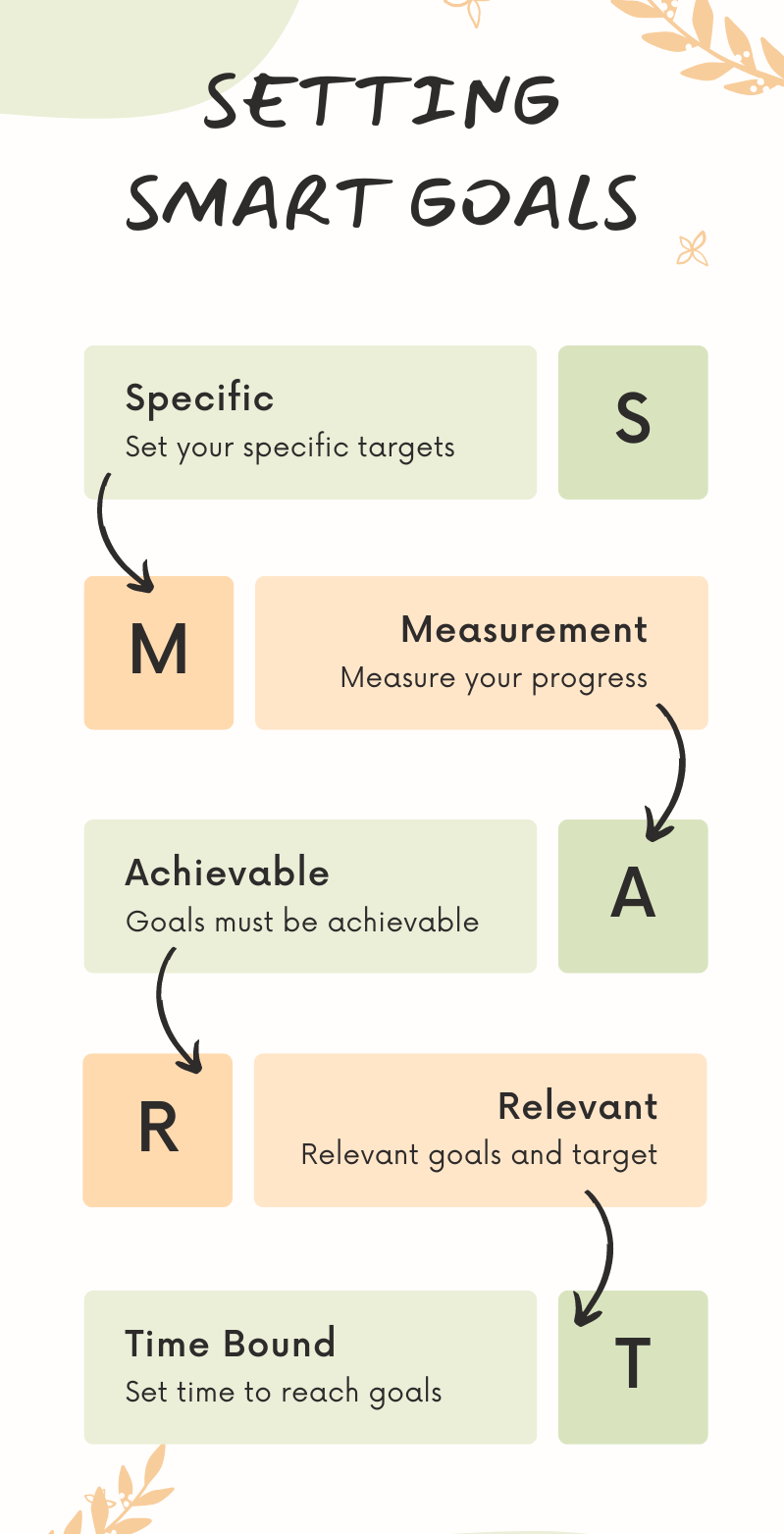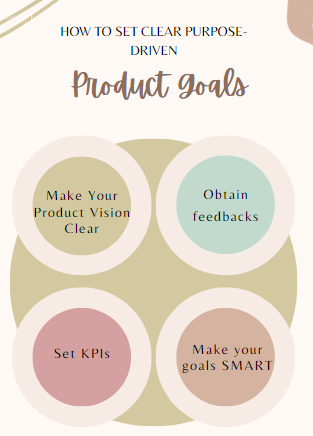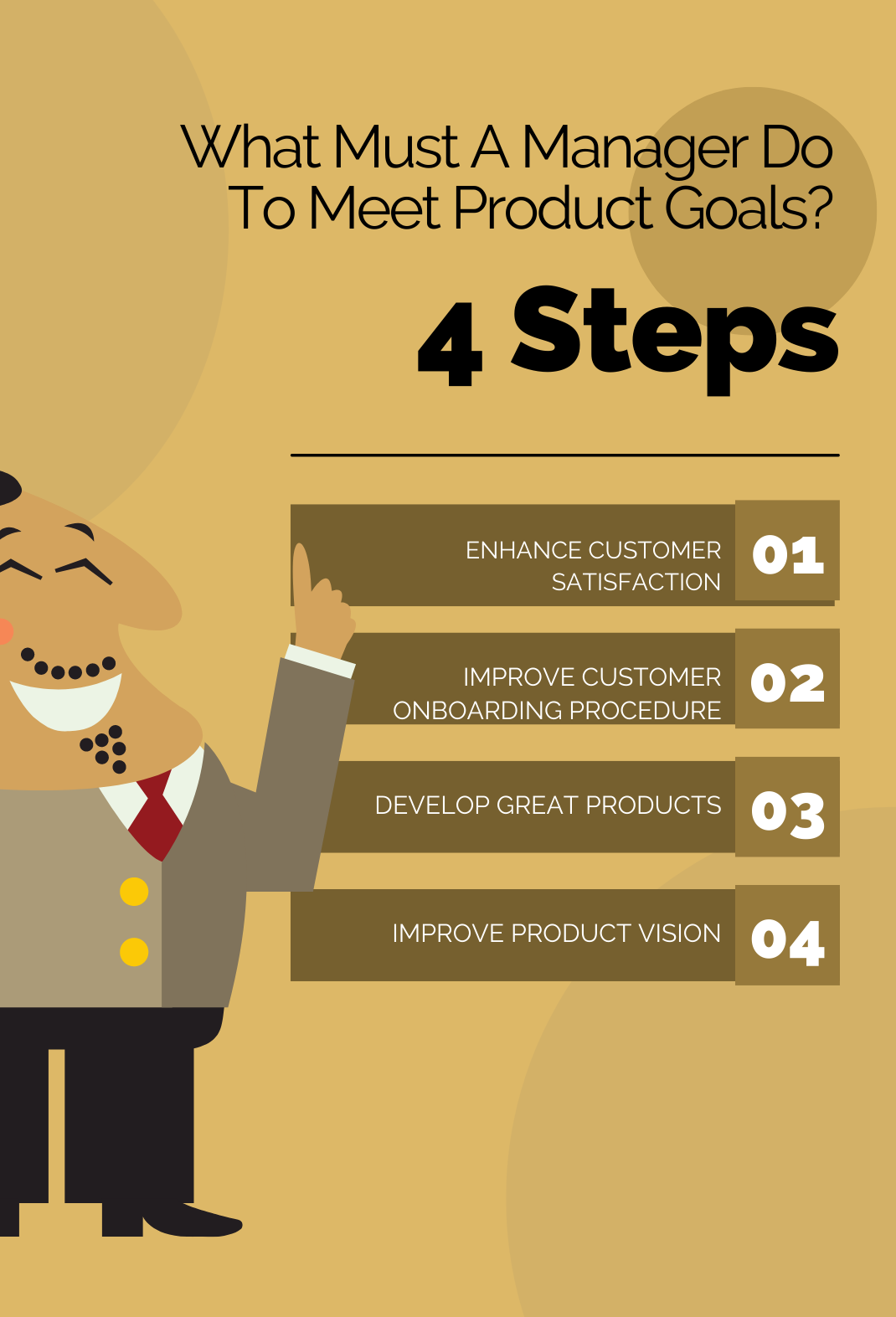Table of Contents
- Introduction
- What Are Product Goals?
- What Are SMART Goals?
- What Is A Product Goal In Agile?
- When And How To Set Clear, Purpose-Driven Product Goals?
- What Must A Manager Do To Meet Product Goals?
- How To Align External Software Contractors With The Product Team And Product Goals?
- Examples From The World Of Product Management For Every Product Role
- Final Thoughts
Introduction
Product owners or managers often look for real-life product goals examples to help them properly align their external contractors to achieve key product results and goals. This article aims to provide a guide to help you align not only external software contractors but all external contractors with different specifications. You can apply the knowledge shared in this post on a general level.
Let's begin with some definitions. Then we will walk our way to some real-life product goals examples that will serve as a guide when aligning your software contractors.
What Are Product Goals?
Realistic actions that represent the completion of the project plan are called product goals. These are measurable components of the vision for turning the abstract idea into a reality. A product strategy should be doable, understandable, and reachable because it acts as a stepping stone for the business' growth.
Product goals have a delivery date that coincides with financial planning cycles. The specific duration is usually three to twelve months. Thus, each time a product is developed, the business provides a grand plan for what it would accomplish. Hence, they establish a metric and track the team's progress.
However, goals and initiatives are a critical link between the product chain. Product objectives are key performance indicators that bridge the gap between strategy and accomplishment. Whereas initiatives are the overarching concepts, you will follow to achieve those set goals.
The most significant benefit of a product strategy is that it helps the product team focus on the tasks at hand. And it offers the best way to accomplish them. Also, it prevents you from becoming sidetracked by every new thought. The ideal product strategy will provide a common aim to strive for and a feeling of greater significance.
Now, with this idea, let's move forward.
What Is Meant By SMART Goals and Smart Product goals examples

SMART goals are an acronym for Specific, Measurable, Achievable, Relevant, and Time-Bound goals.
Outlining these criteria regarding your set goals ensures that you attain them in due time. This method removes generalizations and hunches. Hence, it establishes a precise time frame and monitors progress easily.
Now, let's look at each component.
1. Specific SMART Goals
To accomplish set goals, make them specific. Before creating particular plans, examine the four "W" questions:
- Who: Who needs this goal?
- What: What should I accomplish?
- Why: Why do I need to attain the goal?
- When: When am I to achieve it?
By carefully considering these issues, you can discover the essence of your goals. Here's one of the specific product goals examples;
A general goal is 'I need a job.'
However, to become more specific, say, "I want to land a job as a project manager at a start-up tech firm.'
2. Measurable SMART Goals
Specificity is an excellent place to start. But measuring your objectives makes it simpler to monitor performance. Consider the following questions;
- How much have I achieved so far?
- How do I know whether I've met my aim?
- What is my evaluation measure?
Measurable product goals examples;
If you aim to manage a project team for a tech firm, gauge your success by the different management roles you've applied for or the number of interviews you've had. Creating milestones will help you assess your progress and make necessary adjustments.
3. Achievable SMART Goals
SMART goals ought to be achievable. It will help you determine how to achieve your desired goal and how to make progress toward it. Therefore, make the goal as precise as possible. You'll stay organized and dedicated if you set goals you can practically achieve within a specified period.
Achievable product goals examples;
Still, with the same example of you aiming to manage a project team for a tech firm, you will consider the qualifications, experience, and skills required to attain that position. Also, consider if you can achieve the goal immediately. Or whether you need to prepare yourself better before you work towards achieving it. And suppose you're lacking some qualifications or need to improve your skills. In that case, you will need to consider taking product management courses to polish your skills and qualifications.
4. Relevant SMART Goals
At this point, consider the larger picture. Why are you setting product goals? Then tailor your goals to your values and longer-term objectives. Also, reconsider the set goals if they won't help you achieve your larger aims. Ponder how important the goal is. And think about the number of benefits you'll gain after attaining it.
Relevant SMART goals examples: I'll improve my résumé with the credentials. Then, I'll apply for three available positions as the manager of a technology developers team at the firm.
5. Time-Bound SMART Goals
SMART goals must be time-bound, implying that they need a start and end date. Whence, with a deadline, there will be no cause for alarm. Besides that, you won't feel demotivated to work.
Time-bound product goals examples;
You can give yourself six months if you aim to get a promotion to a more senior position. If you haven't succeeded in your aim, give it some thought and re-strategize with a time frame in mind.
What Is A Product Goal In Agile?
A product goal in agile specifies the product's long-term aim or eventual state to be achieved in the future. It provides context to the product backlog, referred to in the scrum guide as a commitment. It's the why component of the job. And your company needs a workable product backlog template to achieve its goal.
The following section will explain how to establish clear, purpose-driven product goals.
When And How To Set Clear, Purpose-Driven Product Goals?
Now, let's look at some tips to help you set clear goals that will ensure your product goals drive your product initiatives.

1. Make Your Product Vision Clear
The greatest challenge most businesses face is trying to complete everything at once. They juggle finding and managing clients and reorganizing operations. Every organization needs to know its top priorities in setting product goals.
SWOT analysis is an excellent approach to determine which issues to address first. It examines your company's strengths, weaknesses, opportunities, and threats. In addition, ensure that your product vision aligns the company goals with consumer demands.
2. Obtain Feedback
Setting product goals shouldn't be done alone. Your goals will be more excellent when you seek the input of other team members too. Therefore, get feedback from key stakeholders. It will ensure that your goals align with critical strategic objectives and KPIs. Also, consider various viewpoints from your product team to create technically realistic plans.
Furthermore, involving your employees in the procedure may heighten their feeling of corporate awareness and ownership. Leveraging user feedback when establishing data-driven goals by using non-intrusive survey tools to ask customers pertinent questions is also essential. Employing product experience insights software lets you observe how people engage with your product and understand their experience.
3. Make Your Goals SMART
So you've chosen your top company objectives. It's time to construct SMART goals and move them from the concept stage to the implementation stage.
- Specific: What exactly do you want?
- Measurable: How will you track your success?
- Achievable: How will the goal be implemented?
- Relevant: Is the purpose related to your overall objectives?
- Time-bound: What's the timeframe for achievement?
4. Set KPIs
Now that you've developed your goals with your team and translated them into SMART goals, you must consider two aspects: monitoring progress and setting timelines. Setting product performance metrics and key performance index (KPIs) are the most popular approaches for measuring product goals and performance.
A KPI could be the number of users who download an app. Also, your KPI could be the total number of clients who booked a demo session for your product. Or overall monthly sales targets.
What Must A Manager Do To Meet Product Goals?
To meet product goals, a manager must do several things, and the important ones are outlined below:

1. Enhance Customer Satisfaction
Customer satisfaction is crucial to the growth of any product. And it is primarily determined by how well a product manager understands this—establishing customer satisfaction objectives guarantees that your product is on track. If you are not meeting those targets, it is evident that the product needs additional features, adjustments, or a total revamp.
2. Improve Customer Onboarding Procedure
Onboarding new users to your product is critical because the experience determines if the consumer will continue using the product. The few hours of a CX (customer's experience) with your product are crucial. Hence, product managers should improve to the maximum.
Buyers will often face several touch points throughout the customer journey. And you must ensure that each one offers an excellent experience as it helps them to trust your product.
3. Develop Great Products
While producing quality services may appear simple, it is critical to retain it as a product manager's goal. Here are a few objectives that should be factored in by a product manager for achieving product goals.
4. Improve Product Vision
A product manager must be able to describe the company's product development stage. Also, he should outline the product strategy for what their product should achieve.
How To Align External Software Contractors With The Product Team And Product Goals?
When your external software contractors align with the product team and goals, it will result in a much happier and more efficient unit. Ultimately, you'll achieve key results and far better product goals. Here are the critical stages to aligning external software contractors with your product team and goals.
1. The Discovery Stage
Your company should begin each new project with a discovery phase with the external software contractors. Here, all parties come together to grasp the firm's long-term goals. Aligning particular KPIs, measurements, goals and targets allows product teams and external software contractors to operate more efficiently.
2. Gap Analysis Stage
If there is a gap between your product roadmap and business objectives, align them. Conduct a gap analysis between your product roadmap and your company's vision. It will help identify where product development lags in business goals and define how the external software contractor can close that gap.
3. Communication Stage
Of course, aligning goals to achieve key results doesn't involve only product managers. Tech freelancers are interested in maintaining a close alignment to broader goals as they are the organization's primary demand generation and income producers. Therefore all communication lines should be open, so external contractors can freely communicate what stage of progress in achieving a product goal they're at or the tools they need to achieve set goals. Once there's an easy flow of communication, the job of aligning external software contractors with your product team and product goals is complete.
Ideamotive provides world-class software contractors (software agencies and tech freelancers) perfectly matched with your technology, industry, and company culture, objectives, and needs to help you achieve your product goals.
Product Goals Examples From The World Of Product Management For Every Product Role
Below are some ideal product goals examples for a product manager, product designer, technical writer, and head of product.
Product Goals Examples For Product Designer
- Understand users
- Create interview questions
- Set up an online survey
- Enhance product design skills
- Join a product designers community
- Attend workshops and connect with like-minds.
Product Goals Examples For Technical Writer
- Develop quality documentation
- Invest in continuous development to hone your skill daily
- Persuade the audience to take action.
- Work on making your copies and call to actions irresistible to the target audience
Product Goals Examples For Head Of Product
- Improve managerial skills
- Attend manager’s summits, seminars, and conferences to network and engage in career conversations
- Invest in managerial coaches
- Build a world-class team
- Keep communication lines open
- Keep solid communication between all product teams.
- Give constructive feedback
- Give your team room to grow
Product Goals Examples For Product Manager
- Remove obstacles to feedback submission.
- Streamline the process for consumers to provide product feedback by creating a form.
- Organize quarterly meetings to discuss the product roadmap
- Set a feedback page where users can upvote a feature
- Establish the activation criteria
- Identify the standard onboarding variables.
What standards must a user meet before being deemed active? Knowing this will enable you to assess performance as a team and firm more effectively.
Conclusion
A clear-cut product goal can be the cornerstone of a successful product. When you shed light on your product's vision, plan, and processes, you can boost the product management process of your company and effectively align all parties needed to achieve your product goals.








.png)



